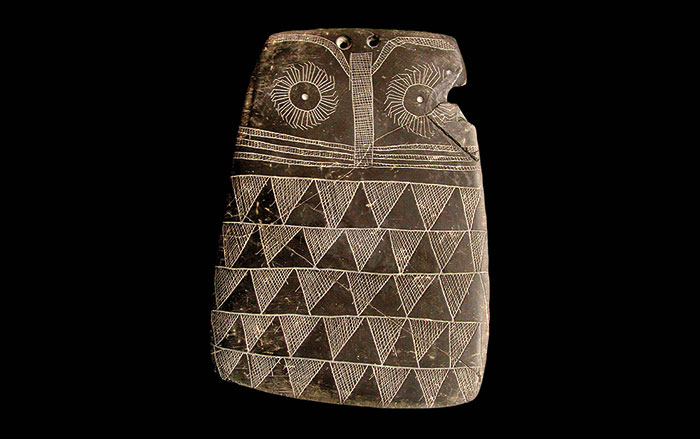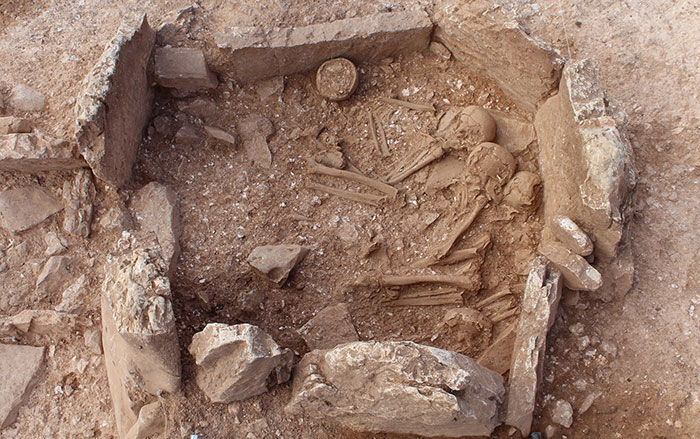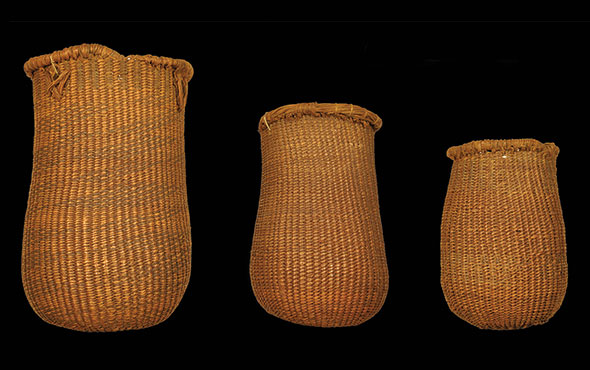SEVILLE, SPAIN—According to a statement released by the University of Seville, a team of researchers including Steven D. Emslie of the University of North Carolina Wilmington examined the remains of 370 individuals recovered from 50 tombs at 23 archaeological sites spanning a period of 5,000 years in Spain and Portugal. The researchers determined that people who lived at the beginning of the Copper Age, between 2900 and 2600 B.C., were exposed to high levels of mercury. Contact with mercury is thought to have come through the use of cinnabar—a mercury sulfide mineral that yields a brilliant red powder when pulverized. Throughout the Copper Age, paint made with cinnabar powder was used to decorate figurines, stelas, the bodies of the dead, and megalithic chambers in Portugal and Andalusia. Today, the normal level of mercury in hair is considered to be one or two parts per million. During the Copper Age, however, levels of 400 parts per million have been detected in the bones of some individuals. These people may have inhaled the powder while working with it, or may have even ritually inhaled or ingested it. To read about a rare form of liquid cinnabar found at Teotihuacan, go to "Mythological Mercury Pool," one of ARCHAEOLOGY's Top 10 Discoveries of 2015.
Mercury Detected in Remains from Copper Age Iberia
News November 15, 2021
Recommended Articles
Digs & Discoveries March/April 2023
Bird Brains

Digs & Discoveries March/April 2025
Iberian Gender Imbalance

Digs & Discoveries September/October 2024
A Nightcap for the Ages

Artifacts March/April 2024
Mesolithic Baskets

-
Features September/October 2021
Secret Rites of Samothrace
Reimagining the experience of initiation into an ancient Greek mystery cult
 (© American Excavations Samothrace)
(© American Excavations Samothrace) -
Features September/October 2021
Searching for the Fisher Kings
In the waters of southern Florida, the creative Calusa people forged a mighty empire
 (Merald Clark)
(Merald Clark) -
Letter From Scotland September/October 2021
Land of the Picts
New excavations reveal the truth behind the legend of these fearsome northern warriors
 (Courtesy The Northern Picts Project)
(Courtesy The Northern Picts Project) -
Artifacts September/October 2021
Late Medieval Ring
 (© Amgueddfa Cymru – National Museum Wales)
(© Amgueddfa Cymru – National Museum Wales)


